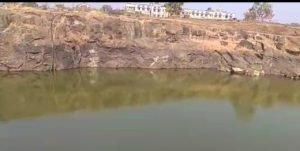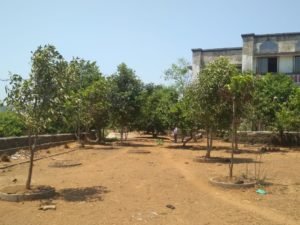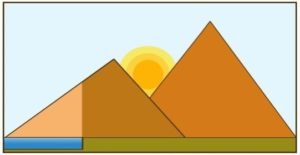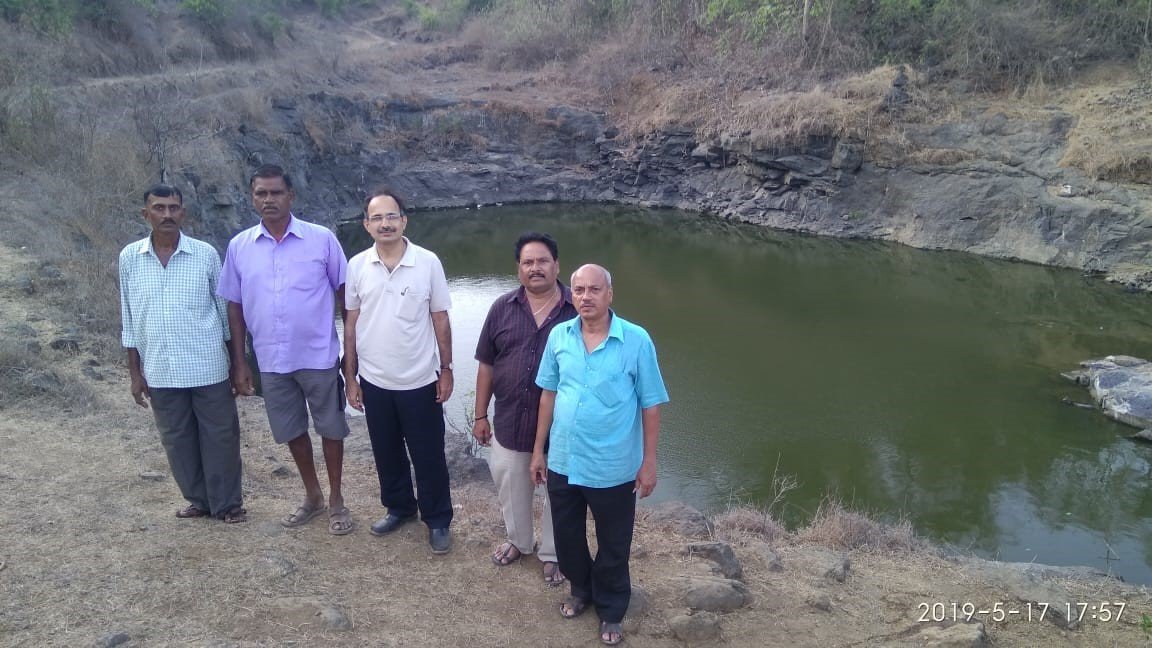Draught and India go hand in hand since centuries. In the last 20 years, 2002 and 2015, the world witnessed some of the severest droughts. In India, almost 30 crore people are affected by drought in the two years. But that doesn’t mean that India does not face the drought situation every year. Drought has its own class biases; it impacts the poorest the hardest. Water harvesting is what we have all learnt in the school years but have we really implemented it? Not really! But, Mr. Pramod Jadhav has!
Who is Pramod Jadhav? Jadhav is a Deputy Commissioner in Social Welfare Department at Sindhudurg in Maharashtra who has created a ray of hope for a lot of drought hit areas in the state. Jadhav was once handed the task of inspecting some Ashram Schools in the Satara district and draught was a part of the district. He was shocked to see how the actual condition varies from the one he was briefed with and that is where the idea of ‘LOW-COST TANKS’ bloomed from.
You ask what are LOW-COST TANKS? Let me explain to you everything.
Mountains are excavated for construction of roads and factories and what not. The rocks that are found in the Maharashtrian region after digging are the Basalt type of rocks that have a low percolation and act as great water storers. Now, we know that the water that rolls down the mountains during the rainy season can be stored at the bottom of the hill, but, we don’t really do that. So, in order to collect the water and store it for further usage, Jadhav said, “Instead of cutting the hills on one side in an asymmetric manner, digging a quarry that is 6 Metres deep will help in creating a water storage tank.” Now, a question arises is that, if the rock that is needed for the construction of road is fulfilled just by cutting the edge, then what to do of the extra excavated rocks? Well, stone is required for different purposes like construction of roads, buildings etc and, if the extra stone is sold to companies that need it, the cost gained from that can be used in the construction of the tanks and thus, making it a LOW-COST Water Storage Tank.
Pramod Jadhav is the brain behind this Simple yet extremely Effective and in Budget plan. Jadhav, being a Social Welfare individual, he has been a part of a lot of such projects and even initiated many. To name a few:
1) Boys Hostel at Borghar Haveli Tal. Tala, Dist- Raigad – a quarry pit was used to store water that was then used for plantation purposes in the campus.

2) Stone tank at Bapale village, Tal. Alibag Dist. Raigad was built by calling a quarry businessman who built it for free for the villagers and then sold the quarried stone by giving the government royalty.
3) Stone tanks are dug in Handewadi, Ghotwadi and Paradhewadi village of Rajgurunagar taluka of Pune District to overcome water scarcity. Each stone tank measures 12 m length, 12 m width and 6 meter depth. Approximately 6 lakh liters water stored in it. Cost for each tank is approximately 4.75 lakhs.

Jadhav not just plans to expand this on his own, but also guides other to do it in their areas too. How? By giving a procedure to be followed while building the tanks.
1) Selection of Place – Slope and around Plantations.
2) 6 Meter deep quarry – Do not cut the edges of the hill. Remove as much stones until a 6 metre deep quarry is built.
3) Water Supply without external energy – It should be higher than the agricultural lands around so that water can be supplied through Siphon technology or Gravity.
4) Water supply to scarcity affected village – The quarry place will be at particular distance from the village to avoid nuisance of blasting. Preferably on some height from the village.

5) Siphon technology – -A tube used to convey liquid upwards from a reservoir and then down to a lower level of its own accord. Once the liquid has been forced into the tube, typically by suction or immersion, flow continues unaided.
6) Proper shape – Stone mines used to be dug in uneven shape. Instead of it, dig in elliptical or in long square dimension. Inside it, there should be either a road (path) with slope of less than 45 degree at one side or proper steps.


7) Safety measures – Remove sharp edged stones – make surface plain.
8) Water level Indicator – To know depth – use oil paint to mark.
9) Water outlets – Keep one outlet pipe inside it and build the wall. So, in the future water can be easily taken out.
10) Percolation tank – If there is leakage then this stone quarries can be used as percolation tanks. If the cracks are closed by specific fracture seal cementation technique etc. then this can be used as water storage tank.
11) Chira Red Stone (Laterite) mines – can be used as water storage tank.
12) Rules and Regulations – Government of Maharashtra passed ‘The Mines and Minerals Act’ and also made rules. As per these rules, excavation limit of 6 meters, internal slop less than 45 degree or proper steps, removal of sharp-edged stones, plantation in surrounding area are mandatory. Therefore, there will no extra cost will be needed.
And Tadaaa! Your LOW-COST Water Tank is ready for use!
So, what say? Isn’t this a great idea? Well, all thanks to this one human being, Mr. Pramod Jadhav.

